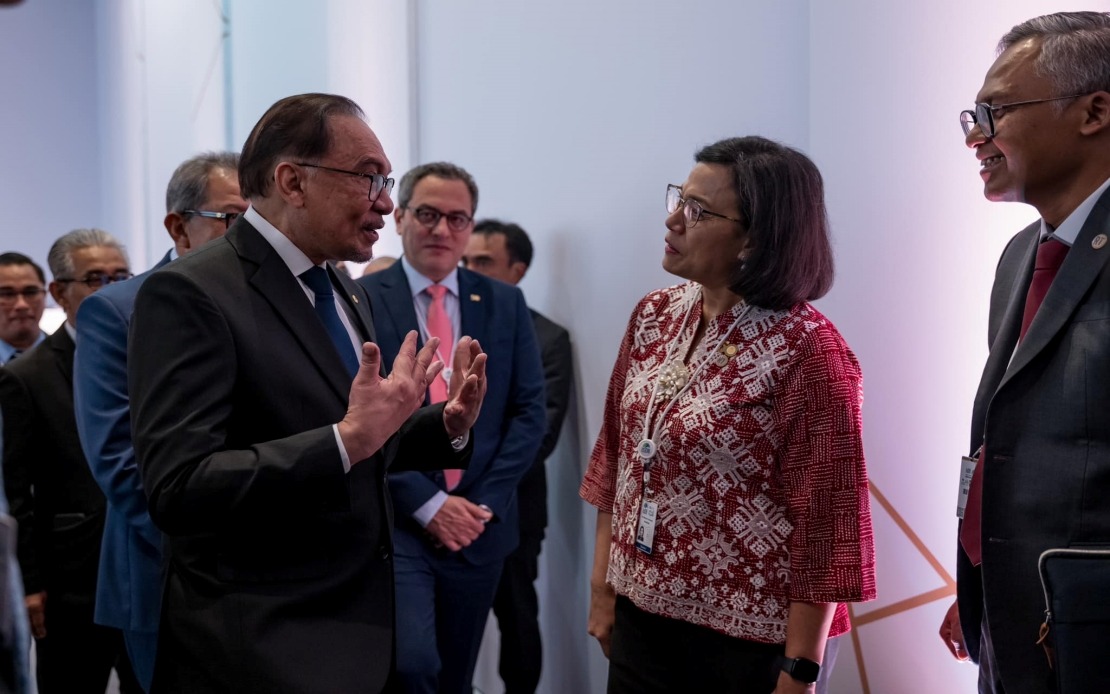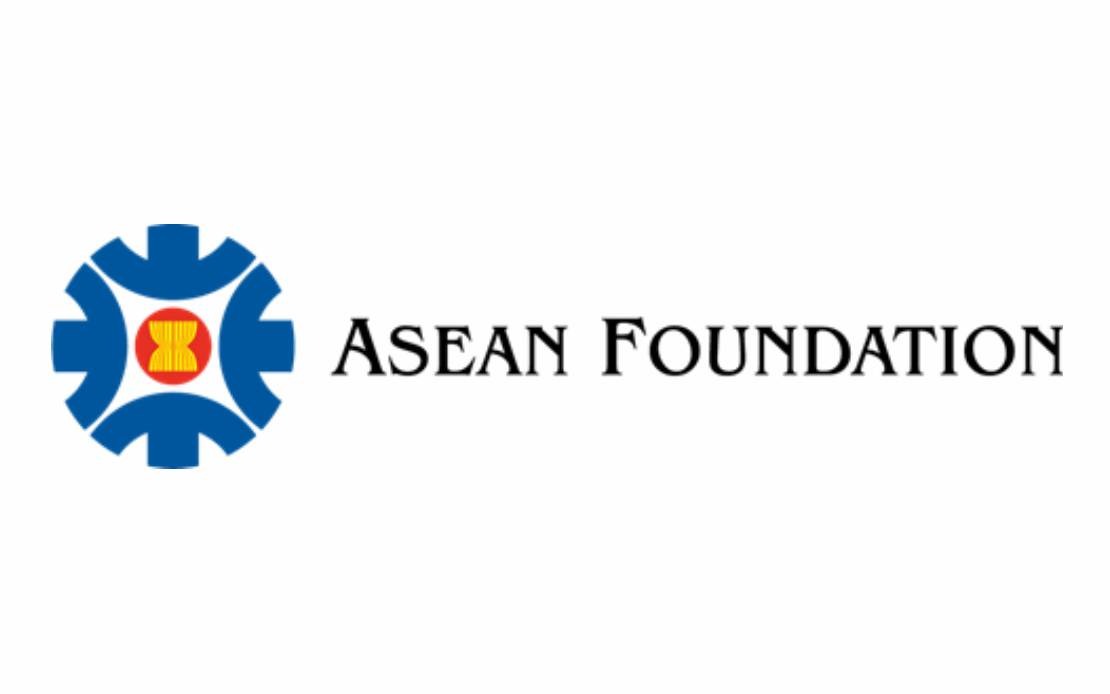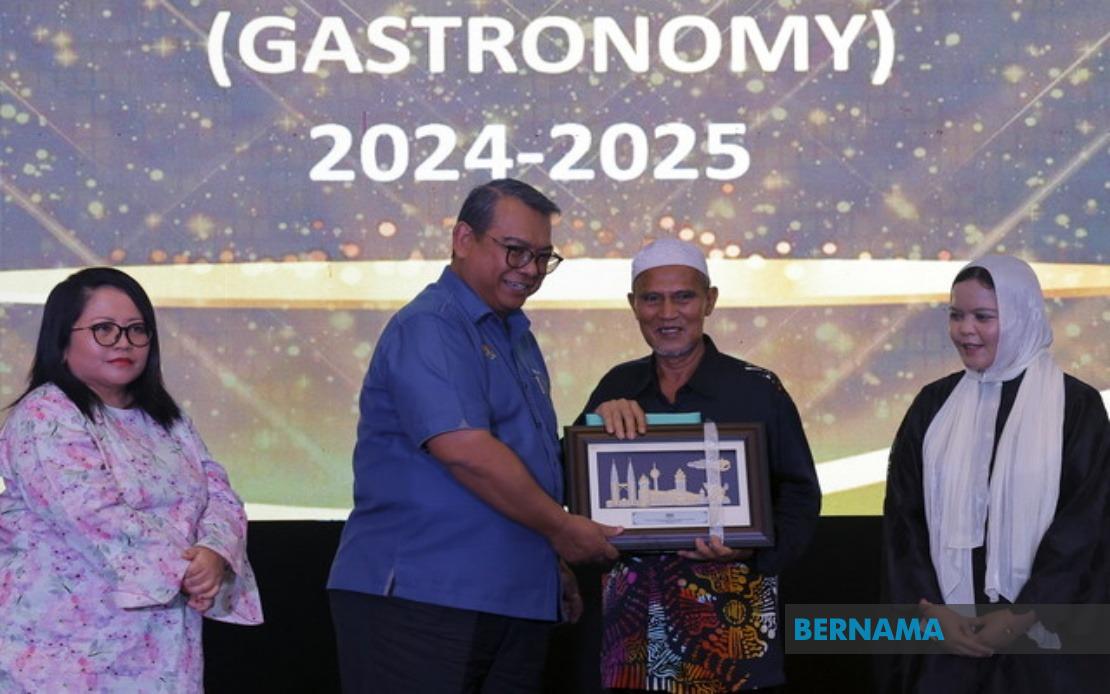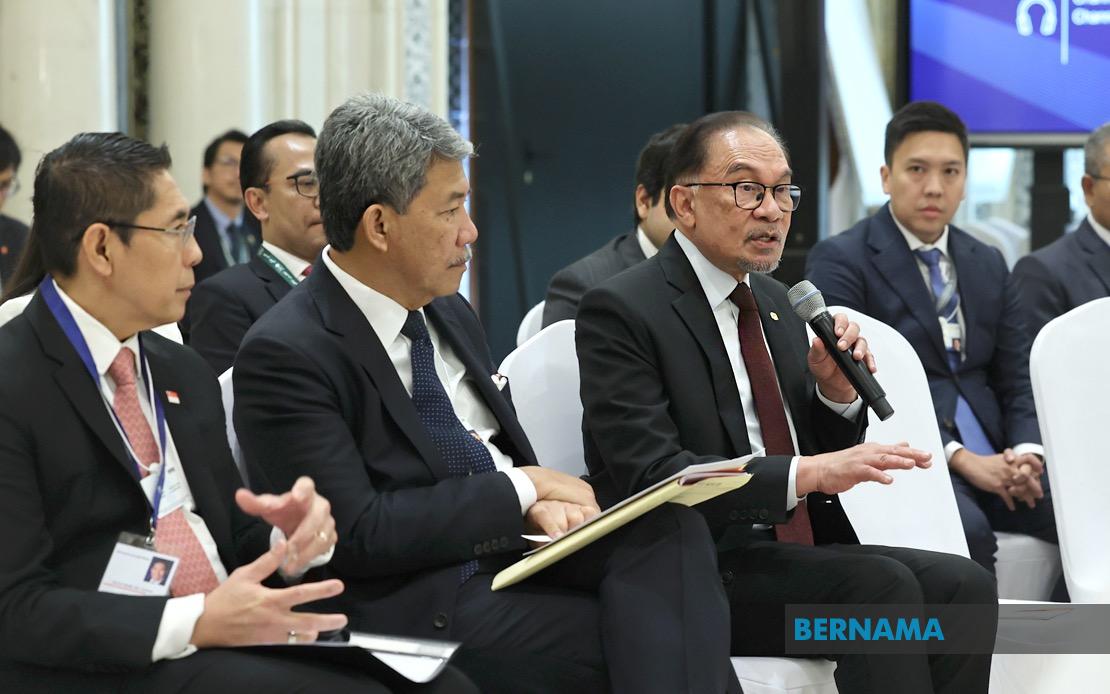AMRO MAINTAINS 4.5 PCT GROWTH FORECAST FOR ASEAN+3 IN 2024
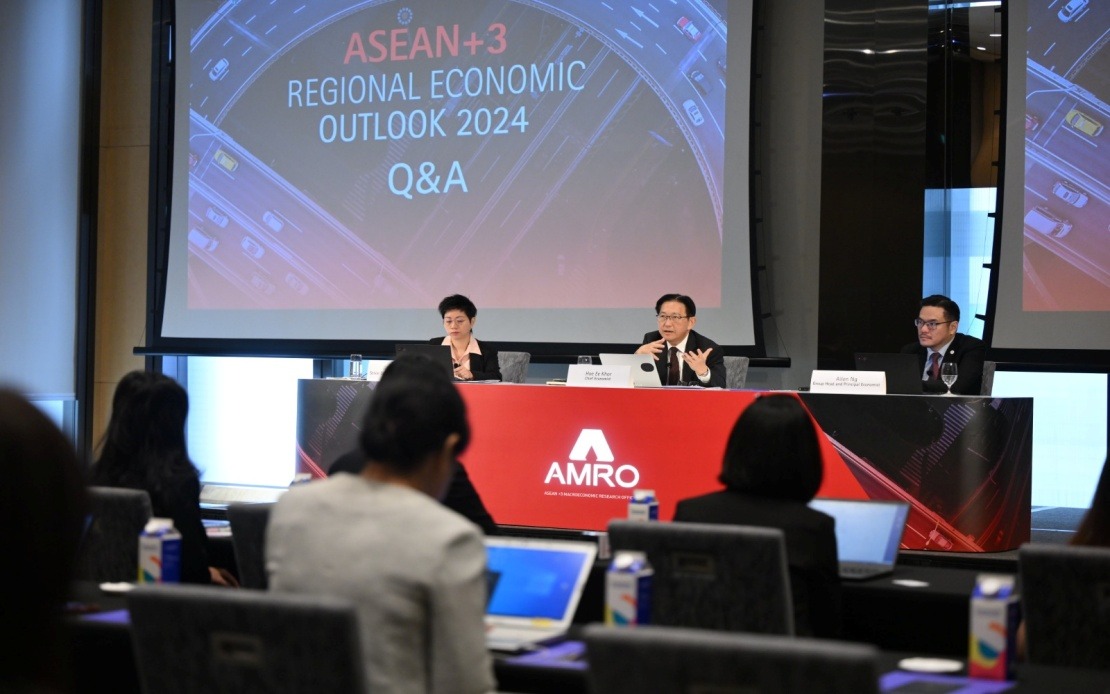
SINGAPORE, April 8 (Bernama) -- The ASEAN+3 Macroeconomic Research Office (AMRO) has maintained its ASEAN+3 growth forecast of 4.5 per cent this year in view of robust domestic demand.
According to chief economist Hoe Ee Khor, the region is also expected to record 4.2 per cent gross domestic product (GDP) growth in 2025.
Hoe said the stronger growth for ASEAN+3 this year compared to last year’s 4.3 per cent is underpinned by increasing household incomes and recovering investment activity.
“We have been optimistic about consumption because the labour market has been really strong. The unemployment rate has come off the peak in 2022 and now has fallen below or at the pre-pandemic level,” he told a virtual media briefing on the release of AMRO’s ASEAN+3 Regional Economic Outlook (AREO) 2024 report here today.
Hoe said the ASEAN region is expected to benefit from a combination of these factors, with growth in 2024 and 2025 forecast at 4.8 and 4.9, respectively.
Meanwhile, AMRO expects Malaysia’s economy to grow by 5.0 per cent this year and 4.7 in 2025.
ASEAN+3 comprises 10 ASEAN member states - Brunei, Cambodia, Indonesia, Laos, Malaysia, Myanmar, Singapore, Thailand, the Philippines and Vietnam, plus China, Japan and South Korea.
According to Hoe, with global commodity prices continuing to stabilise, inflation in ASEAN+3, excluding Laos and Myanmar, is expected to moderate from 2.8 per cent last year to 2.5 per cent in 2024, before easing further to 2.3 per cent in 2025.
He said the positive outlook should not be taken lightly, given potential disruptors to the growth trajectory such as a sudden spike in global commodity prices, weaker-than-expected growth in China, or escalating geopolitical tensions that could turn the tide for the region.
“Now that the current outlook is quite positive, with the robust growth and gradual disinflation, ASEAN+3 economies need to rebuild policy space as much as they can,” he said.
Meanwhile, AMRO Group head Allen Ng said in the longer term, the region faces key challenges such as an ageing population, global trade reconfiguration, climate change and rapid technological changes.
He said balancing risks with opportunities will help ASEAN+3 secure sustainable, resilient and inclusive growth in the long term.
“Ageing is happening faster in ASEAN+3 than in any other parts of the world. The region's total working population is projected to start declining in the next five years due to the fertility rate which currently is at 1.4, well below the replacement level of 2.1,” said Ng.
However, he noted that while the population is ageing, it also means that the population is living much longer and healthier than in the past, and if the older population is allowed to continue contributing productively, AMRO projected that about 200 million will be able to re-enter the region’s workforce by 2025.
-- BERNAMA

